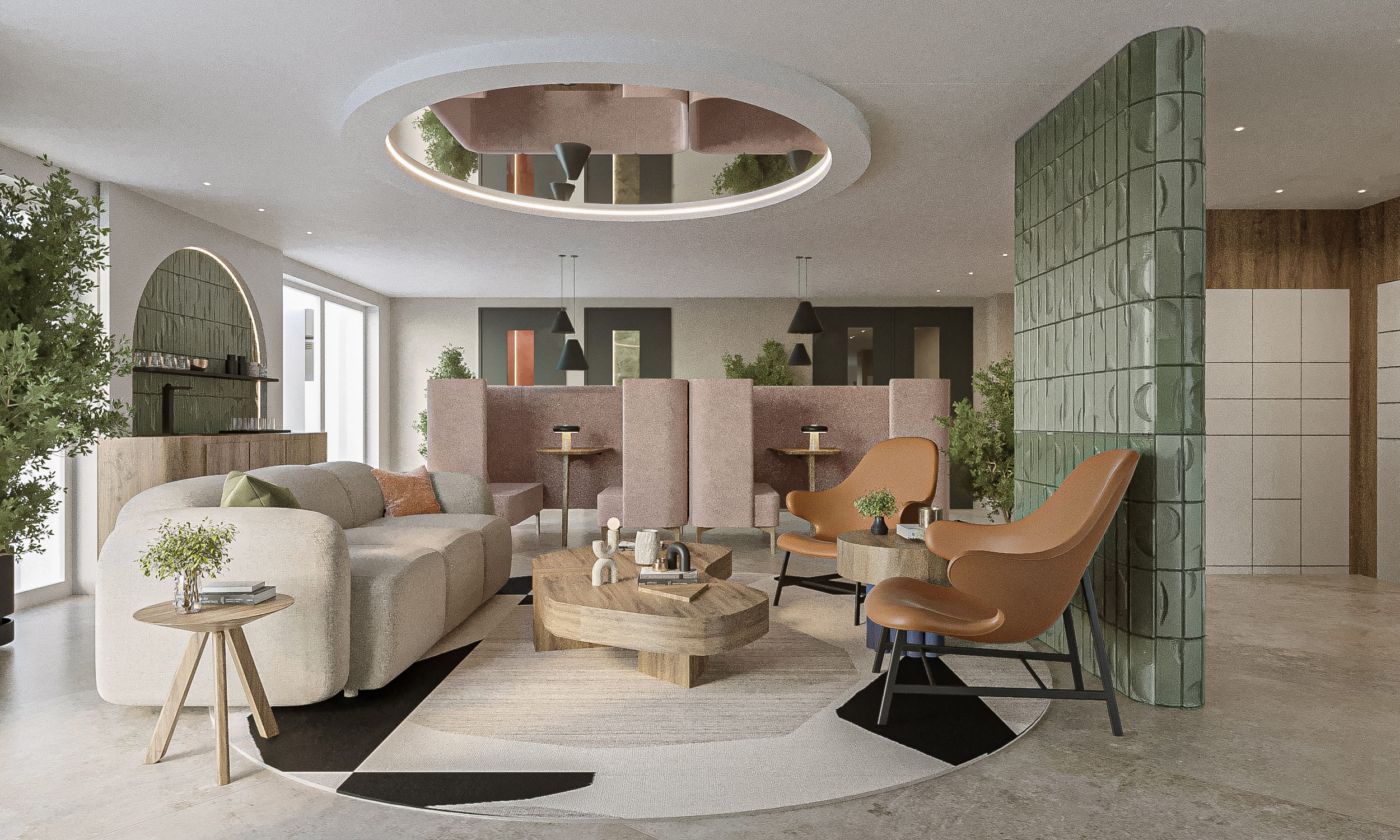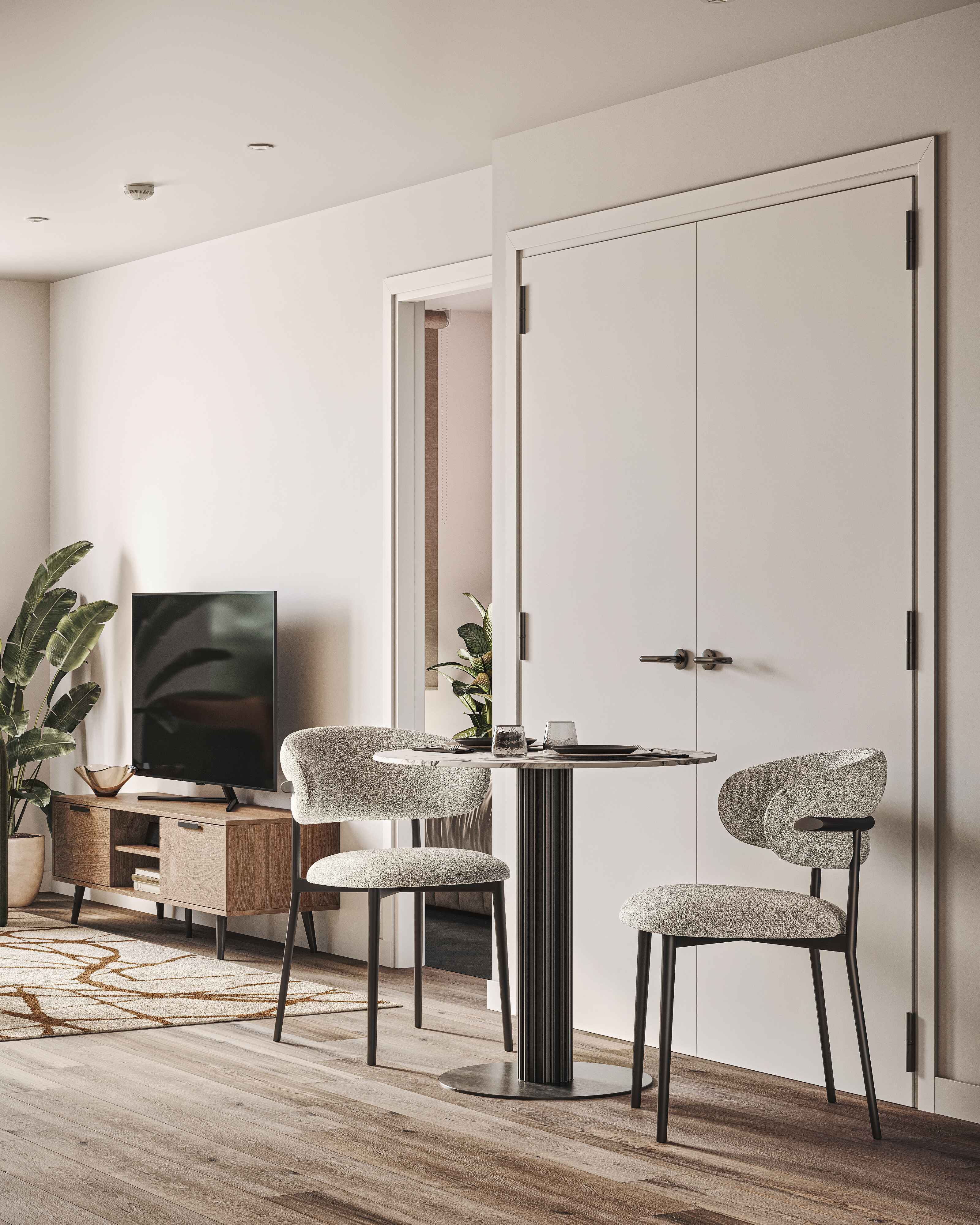What is Biophilia?
Biophilia, derived from the Greek words for “life” and “love,” refers to our innate connection with nature. As our world continues to modernize and urban spaces rapidly expand, this connection has become more crucial than ever. Integrating natural elements into our daily environments is essential for well-being, reducing stress, and enhancing productivity.

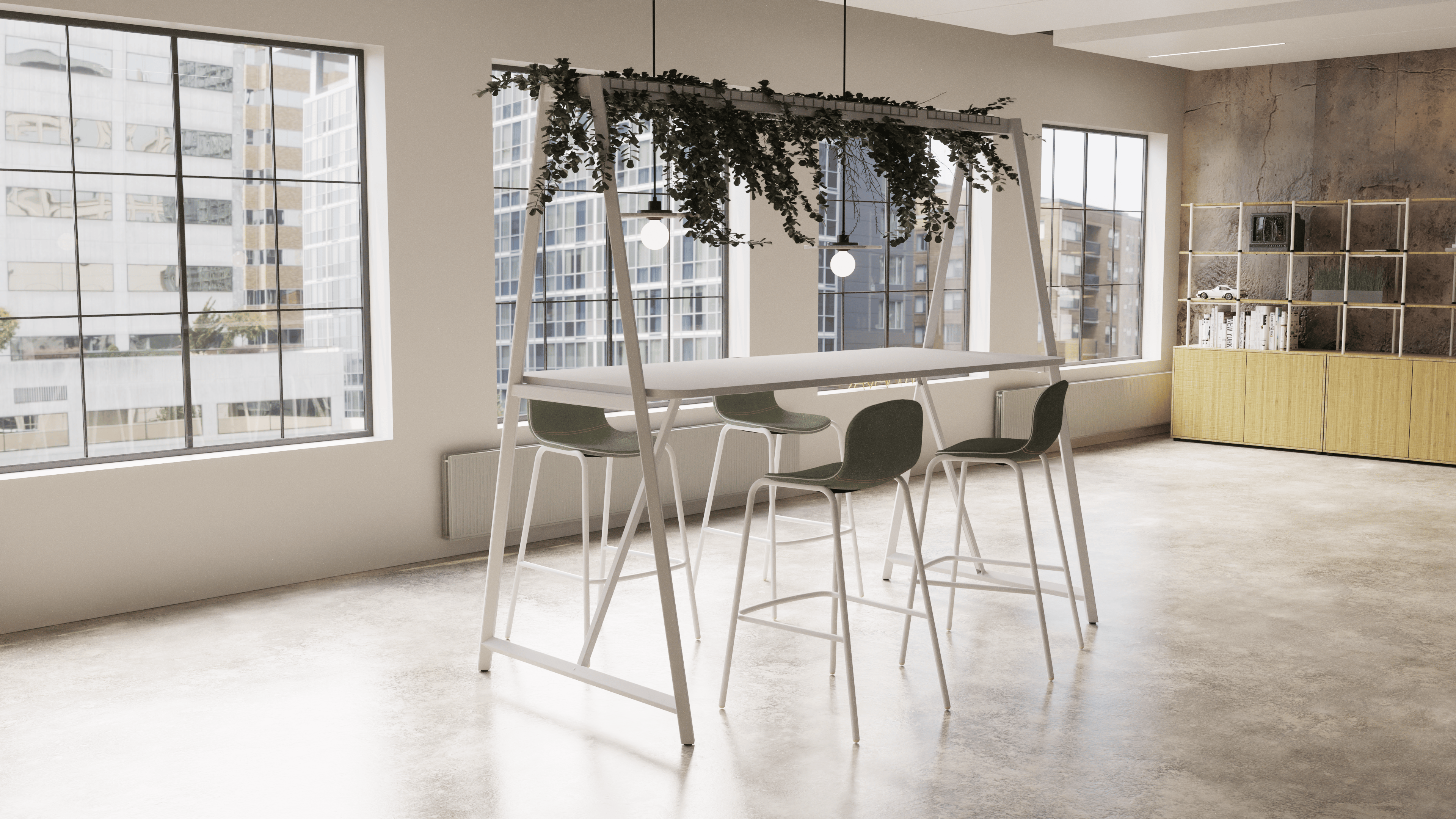
Benefit of Biophilic Design
Recent research highlights the positive impact of nature on mental health. Exposure to natural elements can reduce stress, improve moods, and boost overall mental well-being. This, in turn, leads to increased productivity, often linked to natural light sources and views of nature. Additionally, biophilic design promotes better air quality, which enhances both mental and physical health. It’s no wonder that more workspaces are embracing biophilia in their interior design.
Understanding Biophilic Design Principles
To effectively incorporate biophilia into interiors, it’s essential to understand its core principles. Biophilic design aims to create environments that connect us with nature through elements like plants, patterns, colors, and more. There are two main types of biophilic design: direct and indirect.
Direct Biophilic Design: Involves incorporating natural elements such as plants, water features, and natural light directly into the space
Indirect Biophilic Design: Achieved through the use of colors, patterns, materials, and other elements that evoke the feeling of nature, such as earthy tones like greens, oranges, and browns.
Spatial planning also plays a crucial role in biophilic design, utilizing open layouts, organic forms, and shapes to enhance the natural connection.
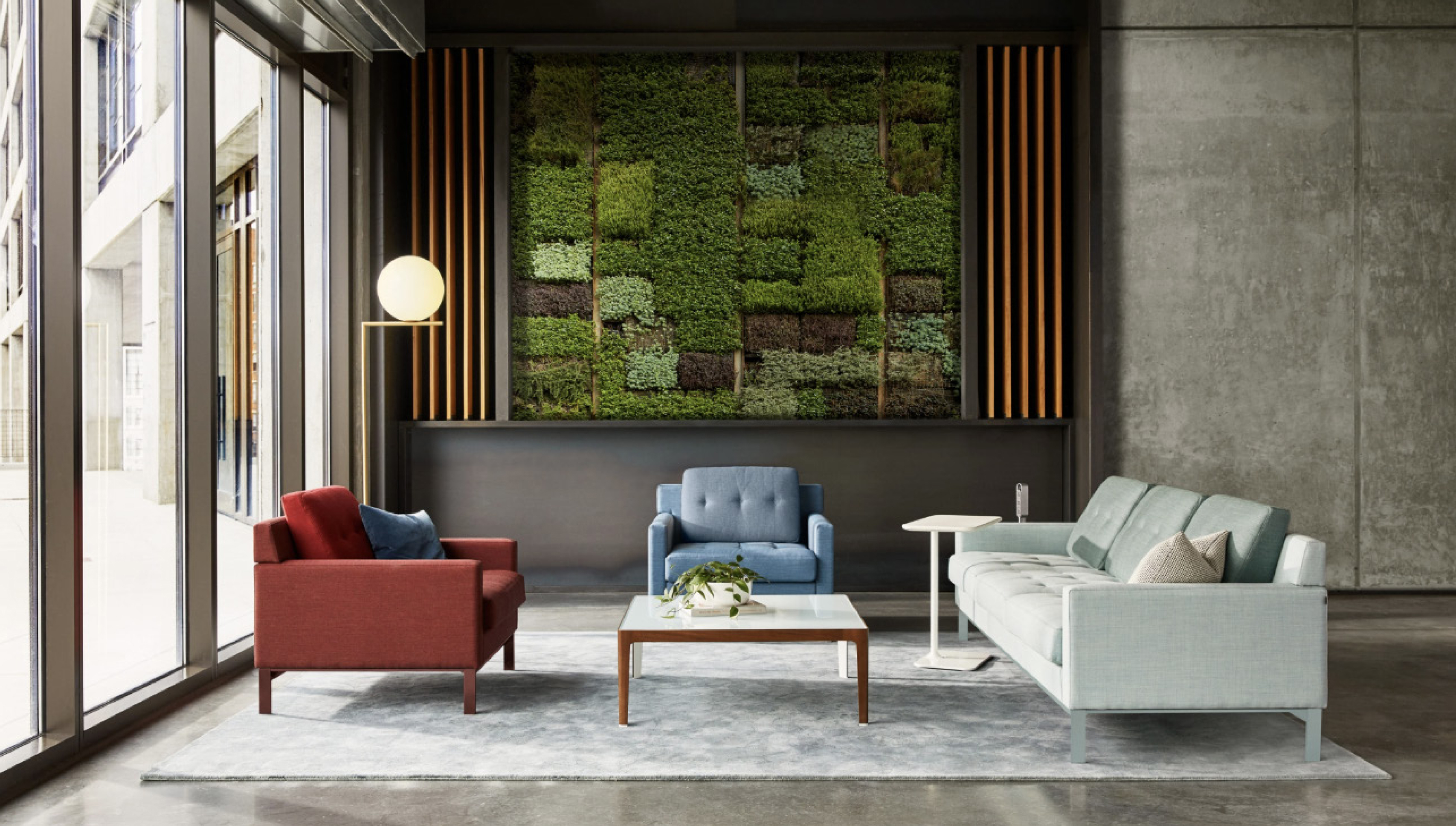
Case Studies in Biophilic Design
Below are examples of how biophilia has been creatively integrated into various interior spaces:
TEN’s Project in Nottingham, UK: This project showcases how biophilia can transform interiors, creating inviting spaces that feel serene and calming. The use of plants throughout the space adds a fresh and exciting look.
Dyson HQ in Singapore: At Dyson’s headquarters, tall trees in raised planters double as desks, offering informal workstations that allow employees to connect with nature and recharge.
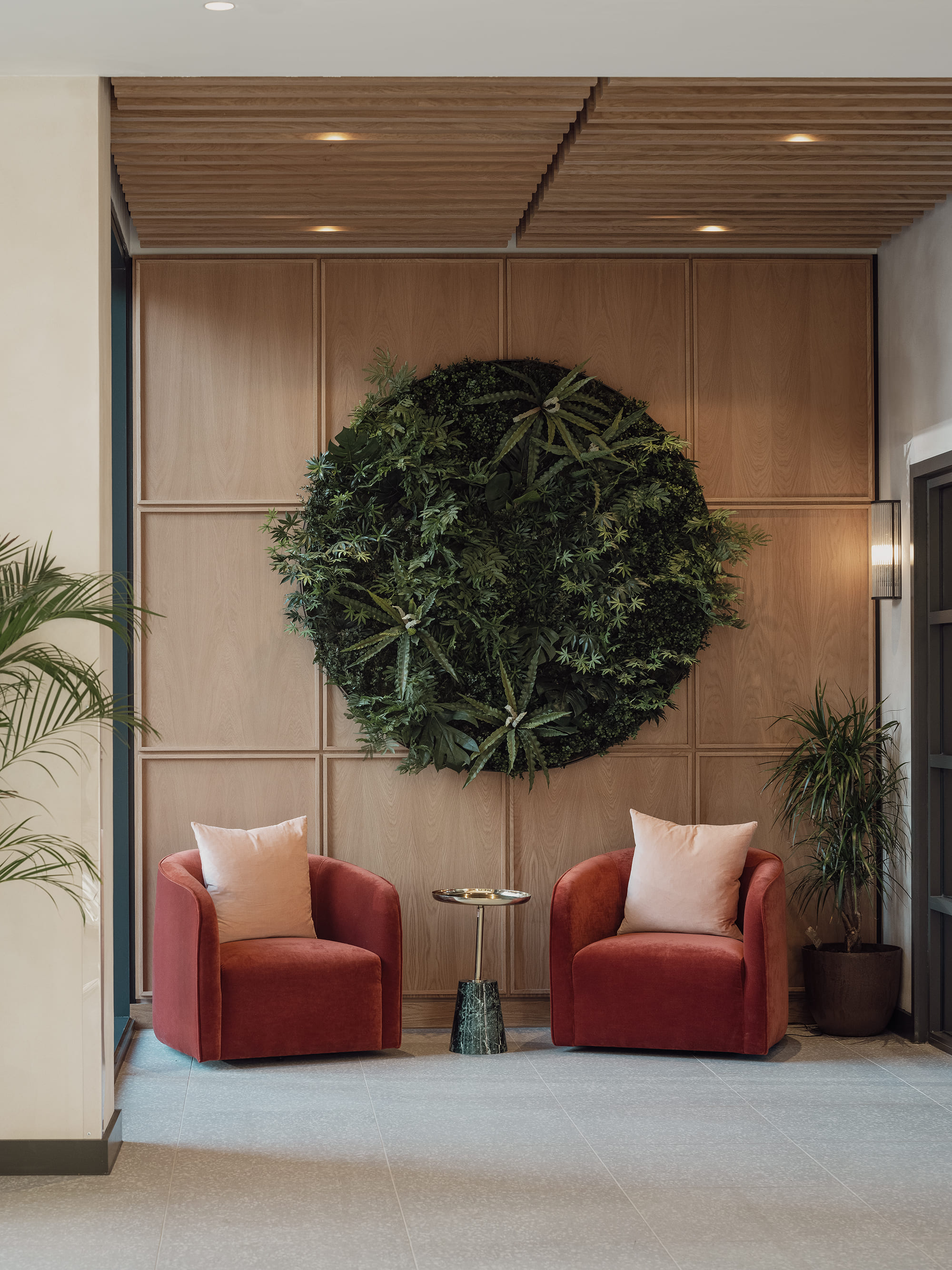
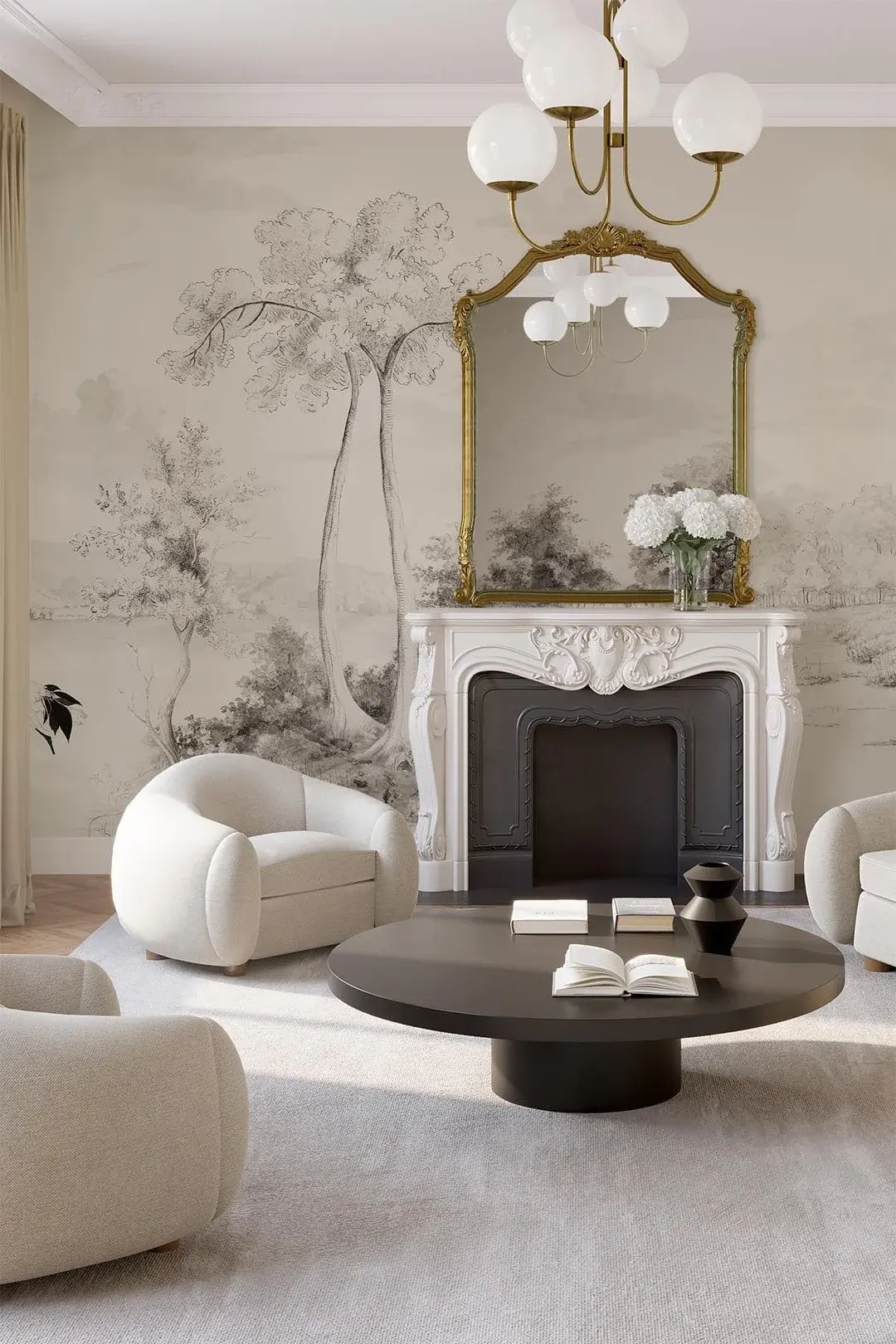
How to Incorporate Biophilic Design
There are numerous ways to incorporate biophilia into interior design. Let’s explore some key strategies:
Maximize Natural Light: Natural light is crucial for creating bright, uplifting spaces. Large windows, skylights, and open-plan layouts help maximize natural light. Sheer curtains can diffuse light while allowing it to fill the space, and mirrors can reflect and amplify light.
Incorporate Indoor Plants: Adding plants is an easy and effective way to introduce nature into interiors. Whether through potted plants, hanging installations, or living walls, greenery enhances the space visually and improves air quality. Some low-maintenance indoor plants to consider are the Kentia Palm, Ficus, and Dracaena
Use Natural Materials: Integrating materials like timber, natural stone, or bamboo adds texture and warmth to spaces. It’s important to choose sustainably sourced materials that adhere to environmental standards
Incorporate Nature-Inspired Colors and Patterns: Earthy tones such as greens, browns, and warm oranges help connect users with nature and create a relaxing atmosphere. Patterns inspired by leaves, flowers, or organic shapes can be used in wall coverings, flooring, and upholstery.
Utilize Organic Shapes and Forms: Asymmetrical shapes, curved lines, and imperfect patterns can be introduced through furniture, lighting, and joinery details. These design elements create visual interest and mimic the natural world.
Connect Interior Spaces to the Outdoors: If the space has access to outdoor views, design and furniture arrangements should enhance this connection. Seating near windows with views of gardens or natural landscapes helps bridge the gap between indoors and outdoors. In spaces where outdoor views are limited, consider creating focal points with plants or biophilic artwork.
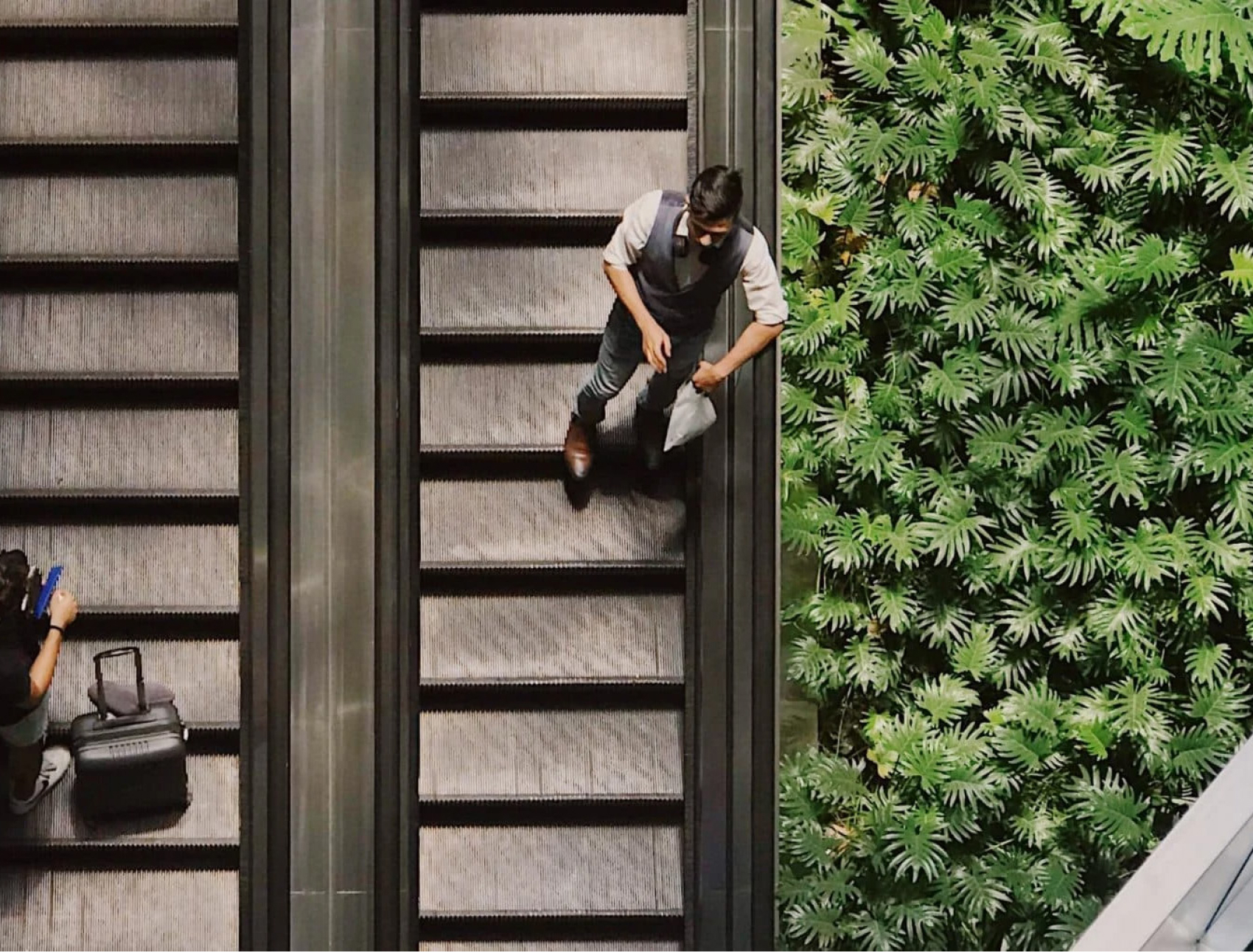
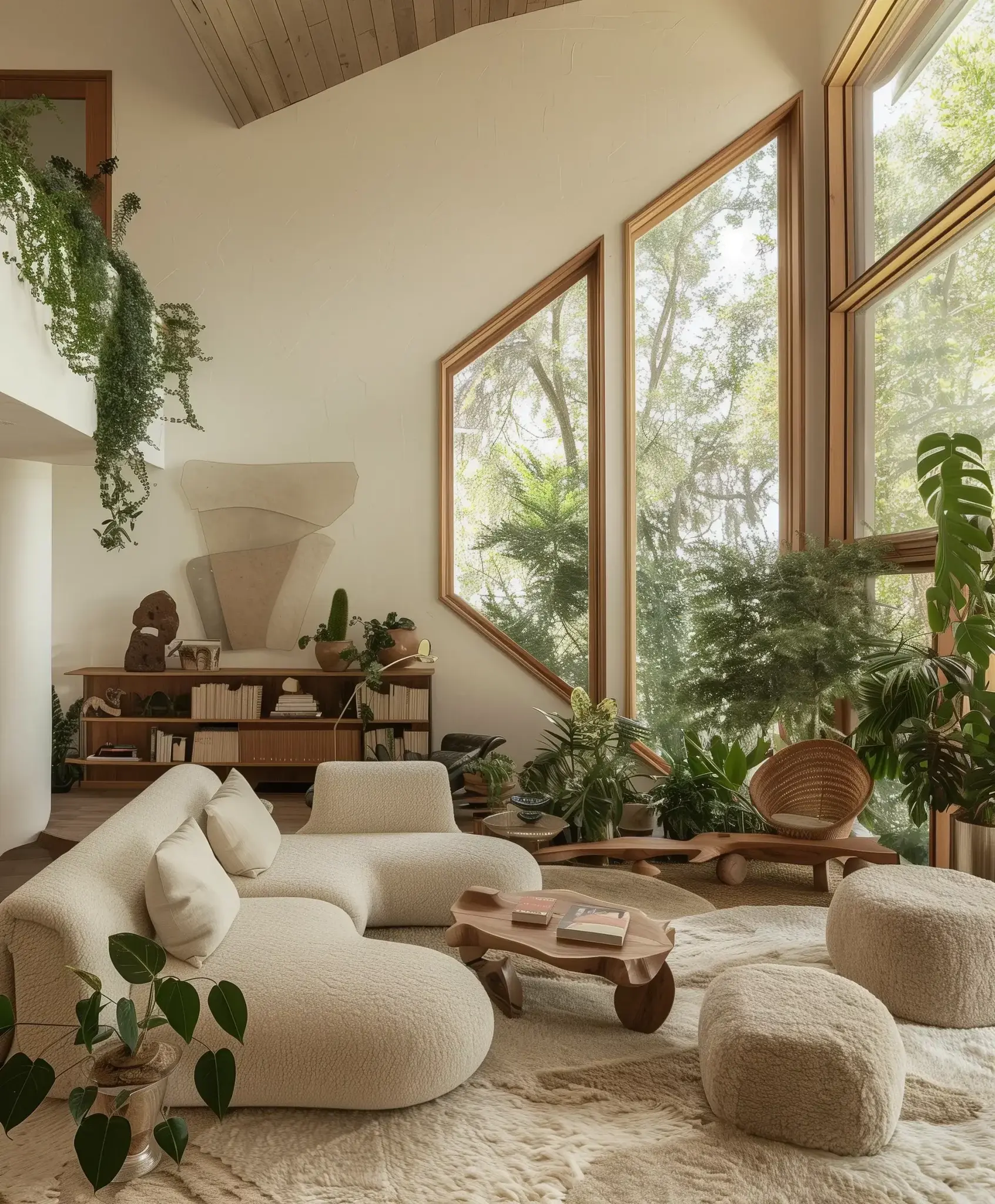
Conclusion: The importance of Biophilic Design
As we continue to understand how nature positively impacts our well-being, the need to incorporate it into our interiors has never been greater. By embracing biophilic design principles—through colors, materials, shapes, and patterns inspired by the outdoors—we create spaces that are not only inviting and intricately designed but also more sustainable. In an increasingly eco-conscious world, sustainability should always be a key consideration in design. By following the core principles of biophilic design, we can create happier, healthier spaces that foster a harmonious relationship with the natural world.


